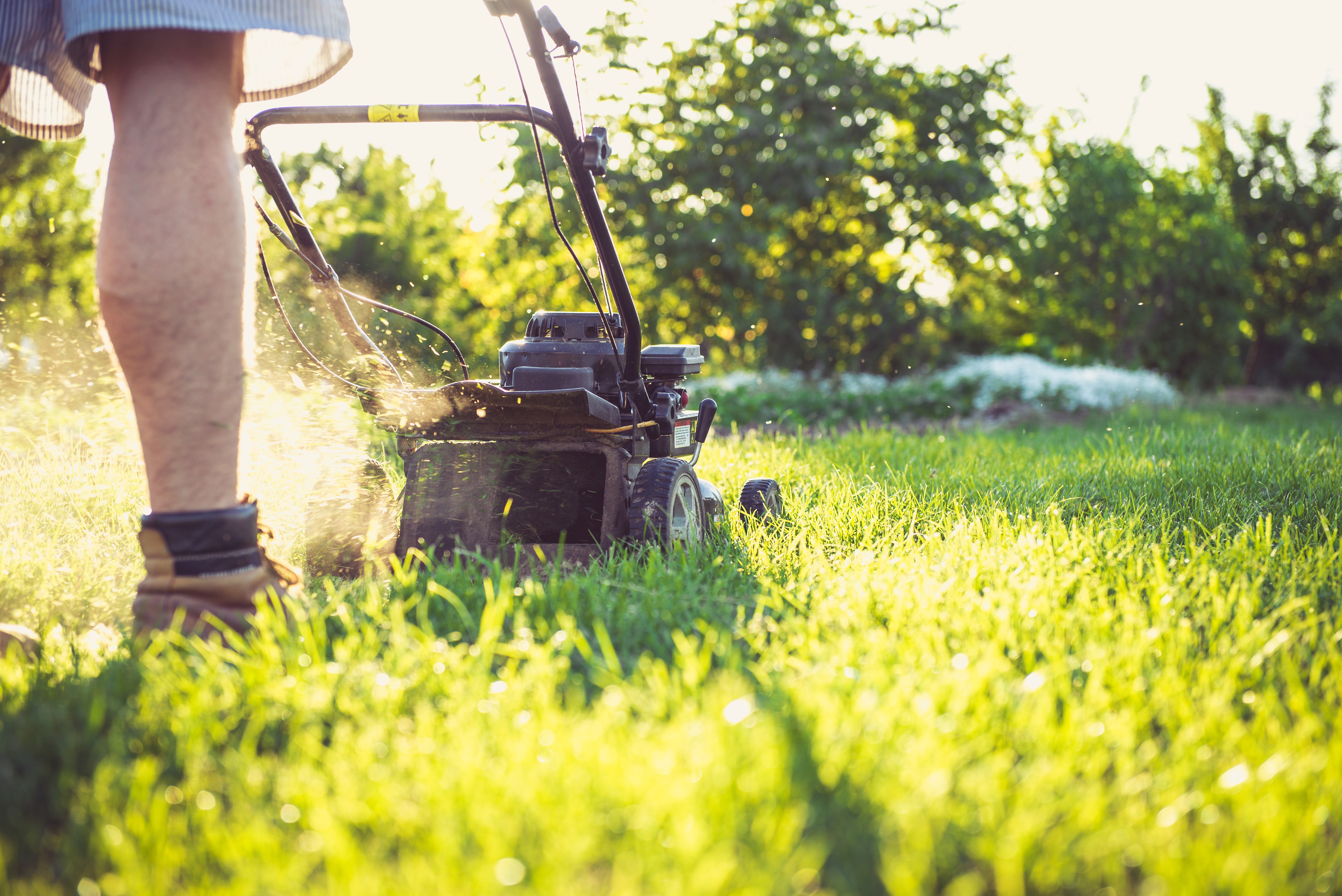
A lush, green lawn symbolizes a well-maintained home and a beautiful outdoor space. It adds beauty and value to your property while providing a space for you and your family to enjoy the outdoors. But achieving the perfect grass can be challenging, especially if you have patchy, thin, or weedy grass.
If you’re tired of looking at a less-than-perfect lawn and want to transform it into a beautiful outdoor oasis, there are several things you can do. Here are five simple tips that help you say goodbye to patchy grass and boost the curb appeal of your property.
These simple tips are based on sound lawn care practices that will promote healthy grass growth, prevent weed infestation, and ensure your lawn is well-nourished and well-maintained. By following these tips, you can have healthy, green, and beautiful grass all year round. So, grab your gardening gloves, and let’s get started!
Test Your Soil
The first step in achieving a perfect lawn is to conduct a soil test. Soil testing is a process that involves analyzing the nutrient content and pH levels of your soil. Your soil’s nutrient content and pH levels are essential for determining the type of fertilizer and amendments your lawn needs. It also helps to identify any underlying soil issues that could be contributing to patchy grass growth.
You can purchase a soil testing kit from your local garden center or send a soil sample to a professional lab for analysis. A soil testing kit typically includes instructions for collecting a soil sample, which involves digging a small hole in your lawn and collecting a sample from various depths. Once you have the sample, you can use the kit to test the pH level, nutrient content, and other properties.
The results of your soil test will help you determine the type of fertilizer your lawn needs. For example, if your soil is deficient in nitrogen, you may need to add a nitrogen-rich fertilizer. If your soil is too acidic or alkaline, you may need to add lime or sulfur to adjust the pH level. Remember, you must follow the recommended application rates and timing for any fertilizers or amendments you add to your lawn.
Careful Watering and Fertilizing
Watering and fertilizing are critical components of a healthy lawn. Proper watering ensures that roots receive enough moisture to grow and thrive. Overwatering, on the other hand, can lead to shallow roots and patchy grass. The amount of water your lawn needs depends on factors like soil type, grass type, and climate.
A good rule of thumb is to water your lawn deeply and infrequently. This means watering your lawn one to two times per week and ensuring that the water reaches a depth of at least six inches. Fertilizing provides the necessary nutrients for grass growth. Nitrogen is one of the most important nutrients for grass and is typically found in fertilizers.
But too much nitrogen can lead to excessive growth and thatch buildup. It’s important to choose a fertilizer that is appropriate for your grass type. Overfertilizing can lead to the burning of the grass and patchy growth.
Proactive Weed and Pest Control
Weeds and pests can wreak havoc on your lawn, leading to patchy growth and unsightly brown spots. Weeds compete with grass for nutrients and water, while pests such as grubs can eat the roots of your grass, causing it to die. Weed control and pest management are critical components of a healthy lawn. One effective way to control weeds is to use pre-emergent herbicides.
Pre-emergent herbicides are applied before the weeds emerge and prevent weed seeds from germinating. They are particularly effective against annual weeds, like crabgrass and dandelions. You can search for weed killer for lawns, but remember that pre-emergent herbicides will not control weeds that have already emerged. For this reason, you should also use post-emergent herbicides to control existing weeds.
When using herbicides, it’s important to read and follow the instructions carefully to avoid damaging your lawn or harming the environment. Use the recommended amount of herbicide and apply it at the appropriate time to achieve the best results.
Maintain Mowing and Edging
Proper mowing can promote healthy grass growth, prevent weed infestation, and enhance the overall appearance of your lawn. When mowing your lawn, you should follow some basic guidelines. It’s essential to ensure that your lawn mower blades are sharp. Dull blades can tear the grass, leaving it vulnerable to disease and insect infestation.
You should also avoid cutting your grass too short. Cutting the grass too short can damage the grass blades, cause scalping, and expose the soil to the sun, leading to weed infestation. Instead, you should set your mower blades to a height that allows the grass to grow at least three inches tall. It’s also important to mow your lawn at the right frequency.
Mowing too often can cause stress to the grass and weaken its roots. But waiting too long between mowing sessions can cause the grass to become too tall and difficult to mow. A general rule is to mow your lawn when the grass has grown to about one-third higher than its recommended mowing height.
Try Overseeding
Overseeding is the process of adding new grass seed to an existing lawn. Overseeding helps to fill in bare spots and thin areas, giving you a fuller and healthier lawn. You should choose a grass seed that is appropriate for your grass type and follow the appropriate recommendations.
Overseeding should be done in the fall or spring when temperatures are cooler and there is enough moisture for germination. You should try overseeding your lawn once or twice a year to help improve its density and appearance. You should also avoid mowing your lawn until the new grass seed has grown at least two inches tall.
Final Thoughts
Achieving the perfect lawn requires a combination of proper maintenance and care. By following these five simple tips, you can achieve a healthy and beautiful lawn that you can enjoy for years. Remember to test your soil, water and fertilize properly, mow and edge regularly, control weeds and pests, and overseed as necessary. With a little effort and patience, you can be the star of your neighborhood and have the perfect lawn you’ve always wanted.
